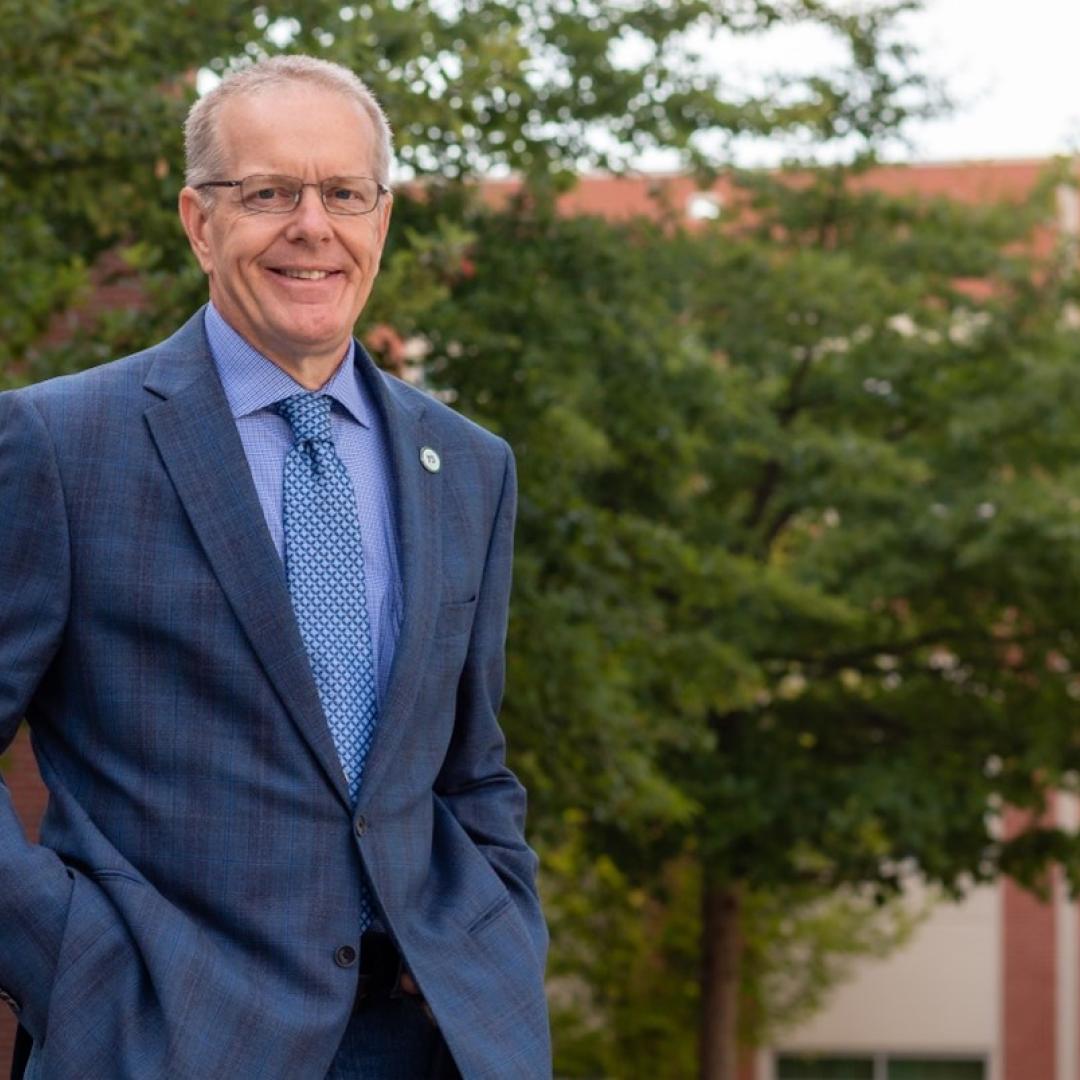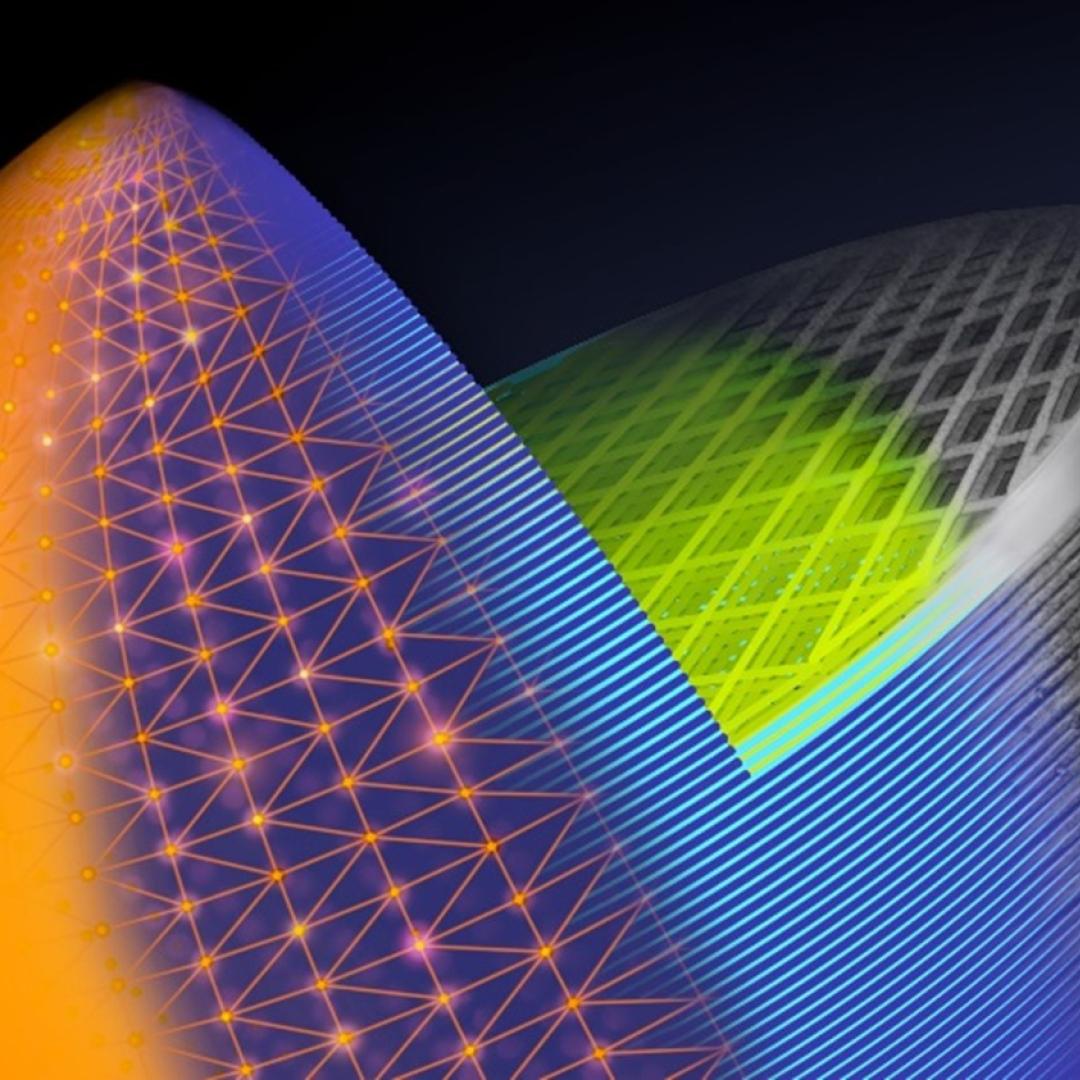
Filter News
Area of Research
- Advanced Manufacturing (4)
- Biological Systems (1)
- Biology and Environment (3)
- Building Technologies (1)
- Clean Energy (44)
- Climate and Environmental Systems (2)
- Computational Engineering (1)
- Computer Science (7)
- Fusion Energy (4)
- Materials (27)
- National Security (3)
- Neutron Science (16)
- Nuclear Science and Technology (9)
- Quantum information Science (2)
- Supercomputing (18)
- Transportation Systems (1)
News Type
Date
News Topics
- 3-D Printing/Advanced Manufacturing (11)
- Advanced Reactors (6)
- Artificial Intelligence (9)
- Big Data (7)
- Bioenergy (4)
- Biomedical (3)
- Biotechnology (1)
- Clean Water (4)
- Composites (1)
- Computer Science (26)
- Cybersecurity (1)
- Energy Storage (7)
- Environment (14)
- Exascale Computing (1)
- Fusion (3)
- Grid (4)
- Machine Learning (4)
- Materials Science (10)
- Mercury (1)
- Microscopy (2)
- Molten Salt (1)
- Nanotechnology (3)
- Neutron Science (12)
- Nuclear Energy (14)
- Physics (3)
- Polymers (1)
- Quantum Science (5)
- Space Exploration (4)
- Summit (6)
- Sustainable Energy (3)
- Transportation (10)
Media Contacts
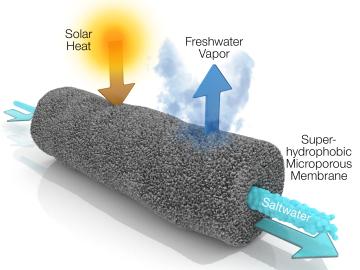
A new method developed at Oak Ridge National Laboratory improves the energy efficiency of a desalination process known as solar-thermal evaporation.
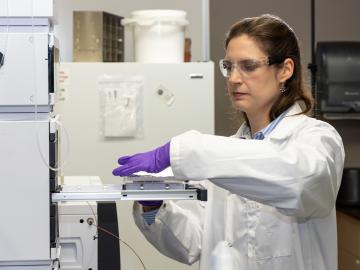
Early career scientist Stephanie Galanie has applied her expertise in synthetic biology to a number of challenges in academia and private industry. She’s now bringing her skills in high-throughput bio- and analytical chemistry to accelerate research on feedstock crops as a Liane B. Russell Fellow at Oak Ridge National Laboratory.
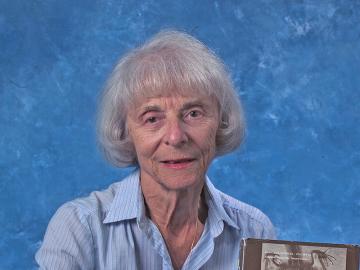
Mammalian genetics pioneer Liane B. Russell died Saturday, July 20. She was 95. Lee, as she was known to friends and colleagues, arrived in Oak Ridge in 1947 with her husband, William L. Russell, to study radiation-induced health effects using mice, which are genetically similar to humans.
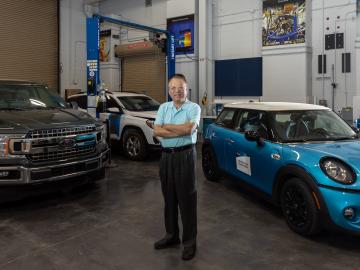
In Hong Wang’s world, nothing is beyond control. Before joining Oak Ridge National Laboratory as a senior distinguished researcher in transportation systems, he spent more than three decades studying the control of complex industrial systems in the United Kingdom.
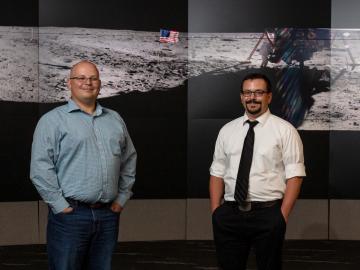
Just minutes after taking one small step for man, one giant leap for mankind, Neil Armstrong deviated from NASA’s meticulously crafted flight plan for the Apollo 11 mission. According to NASA’s lunar surface operations plan, Armstrong’s top priority after his famous first steps should have been to immediately take a contingency sample—a small sample of soil—to provide scientists at least a piece of the moon if the mission had to be abandoned early.
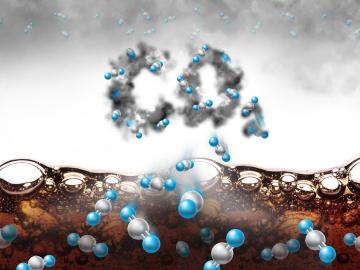
Oak Ridge National Laboratory has teamed with Cornell College and the University of Tennessee to study ways to repurpose waste soft drinks for carbon capture that could help cut carbon dioxide emissions.
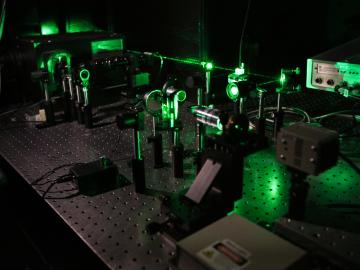
Scientists at Oak Ridge National Laboratory studying quantum communications have discovered a more practical way to share secret messages among three parties, which could ultimately lead to better cybersecurity for the electric grid

Researchers at Oak Ridge National Laboratory are taking inspiration from neural networks to create computers that mimic the human brain—a quickly growing field known as neuromorphic computing.
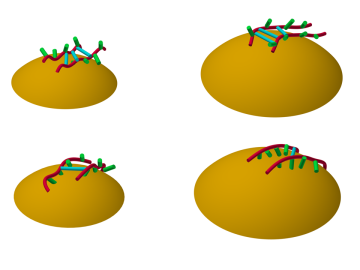
A team of researchers at Oak Ridge National Laboratory have demonstrated that designed synthetic polymers can serve as a high-performance binding material for next-generation lithium-ion batteries.
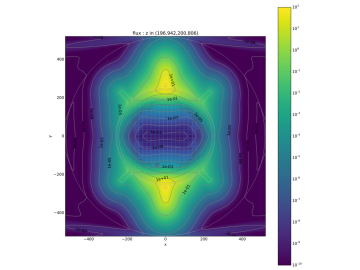
Researchers have developed high-fidelity modeling capabilities for predicting radiation interactions outside of the reactor core—a tool that could help keep nuclear reactors running longer.


